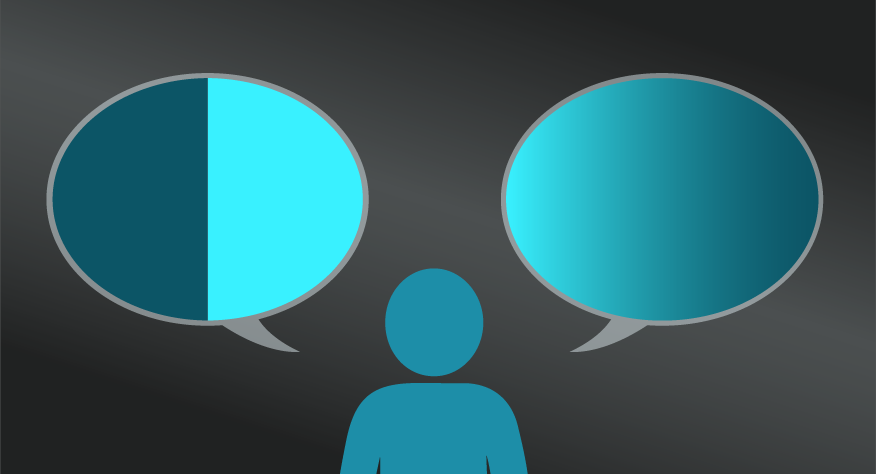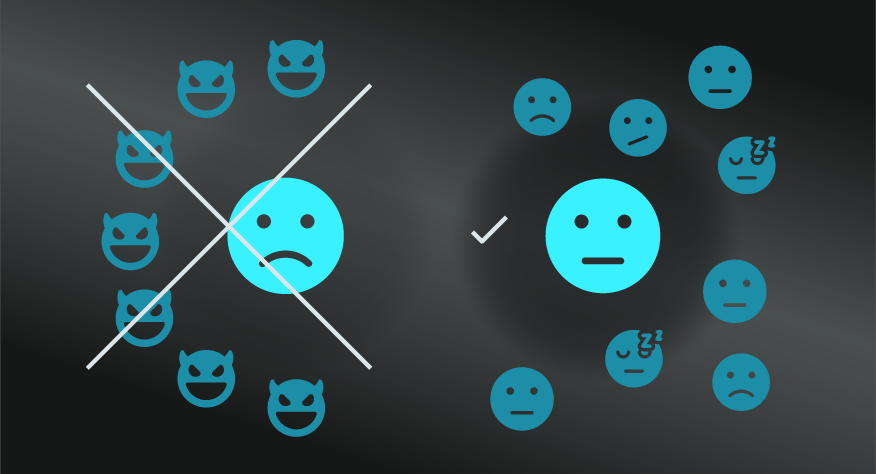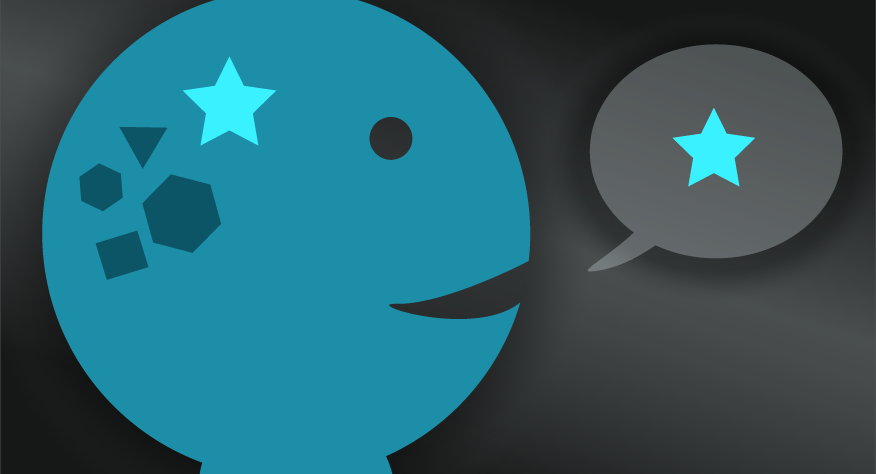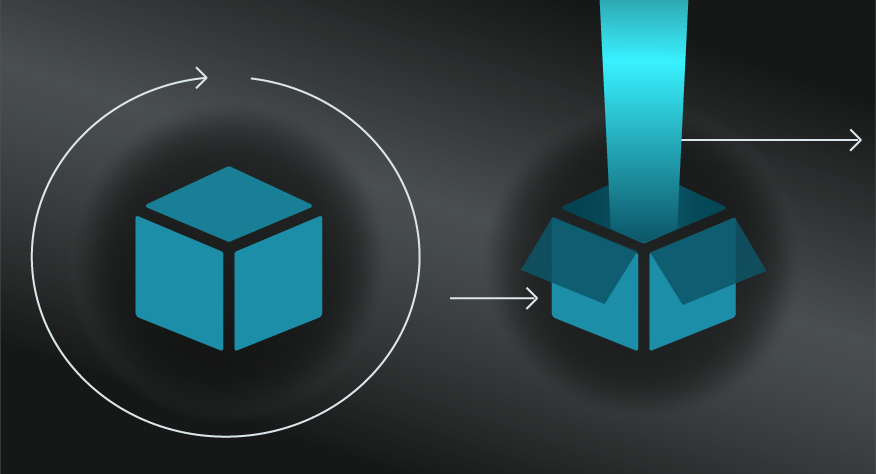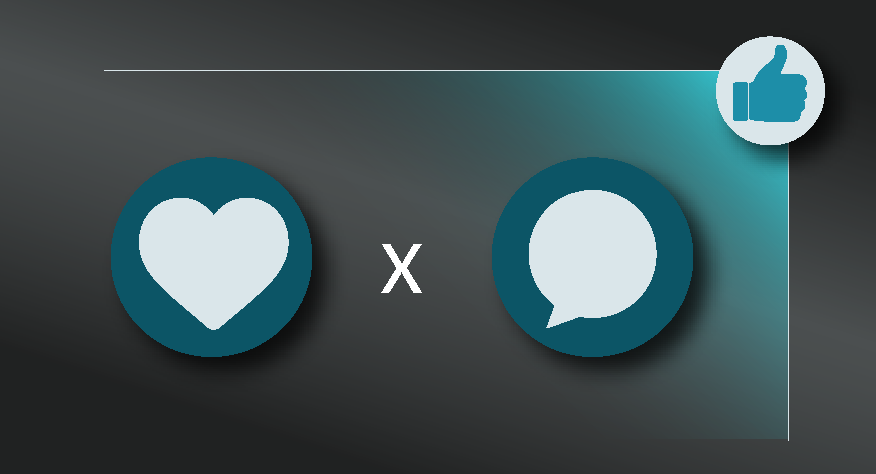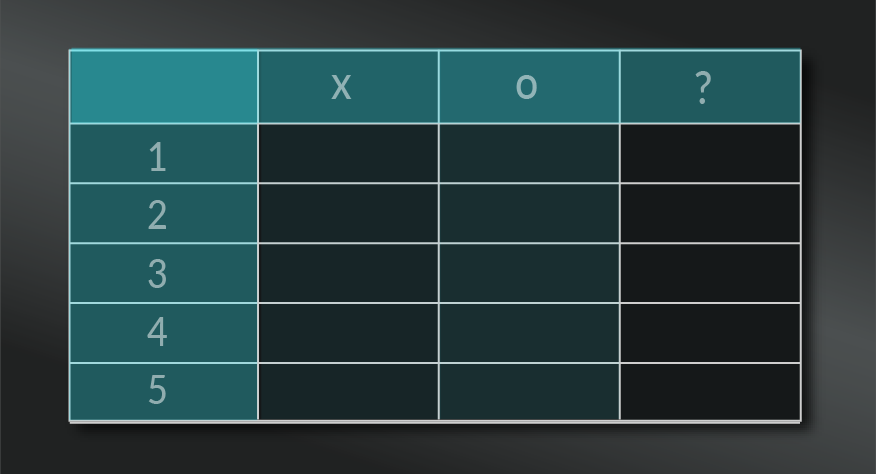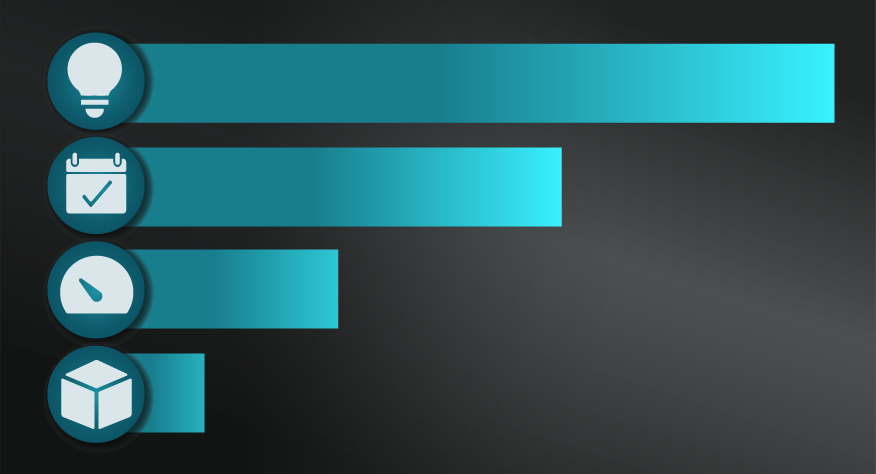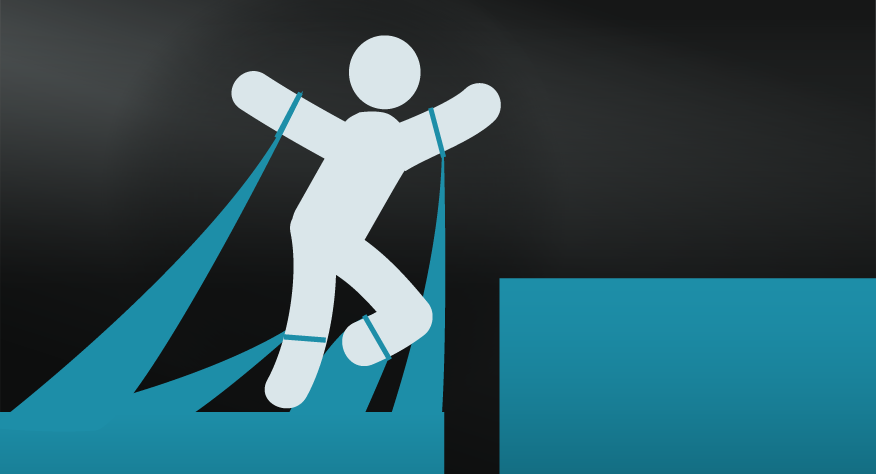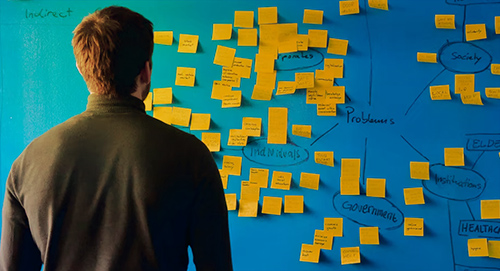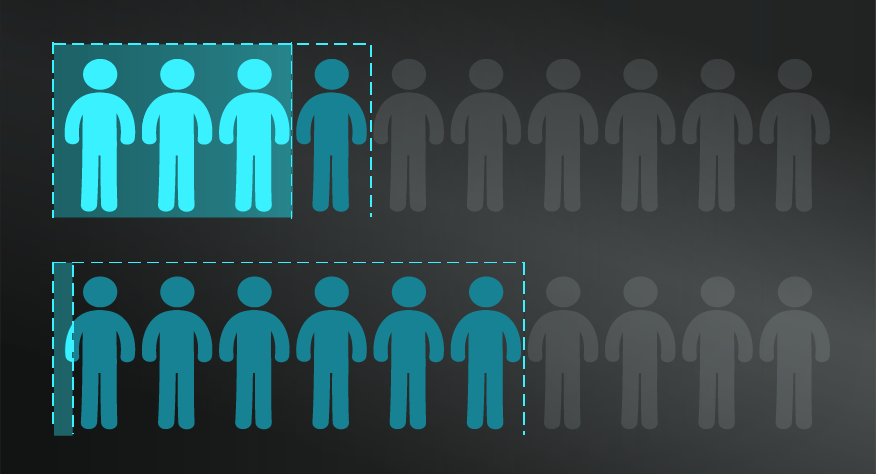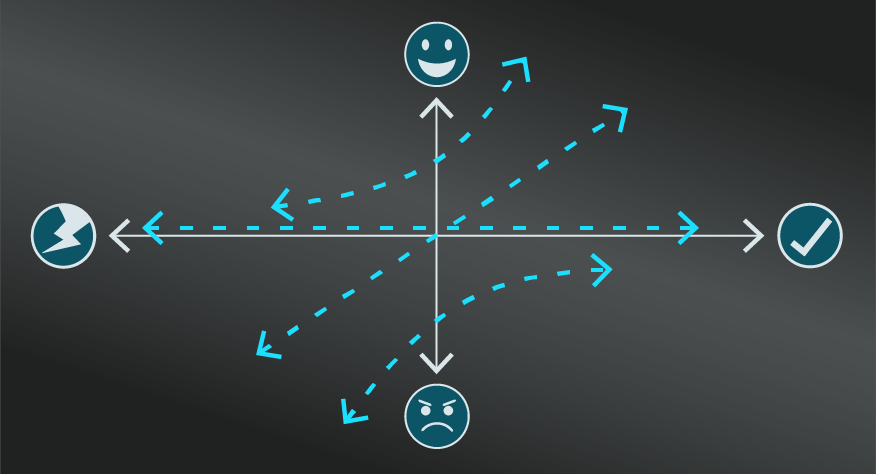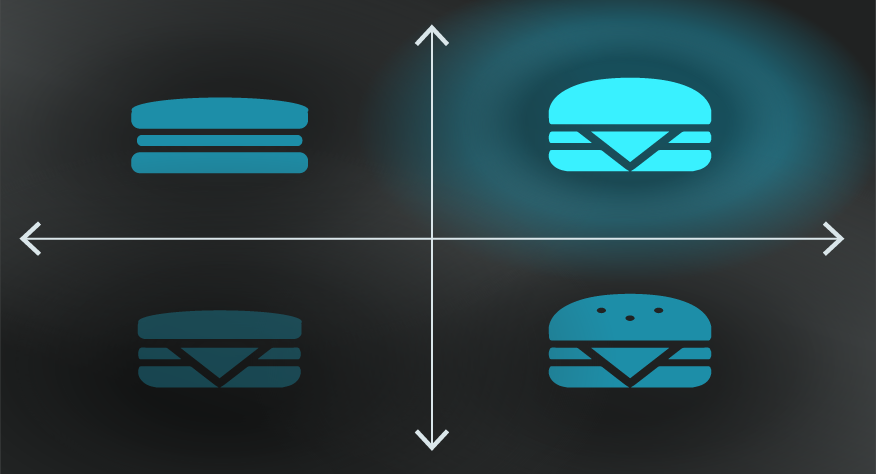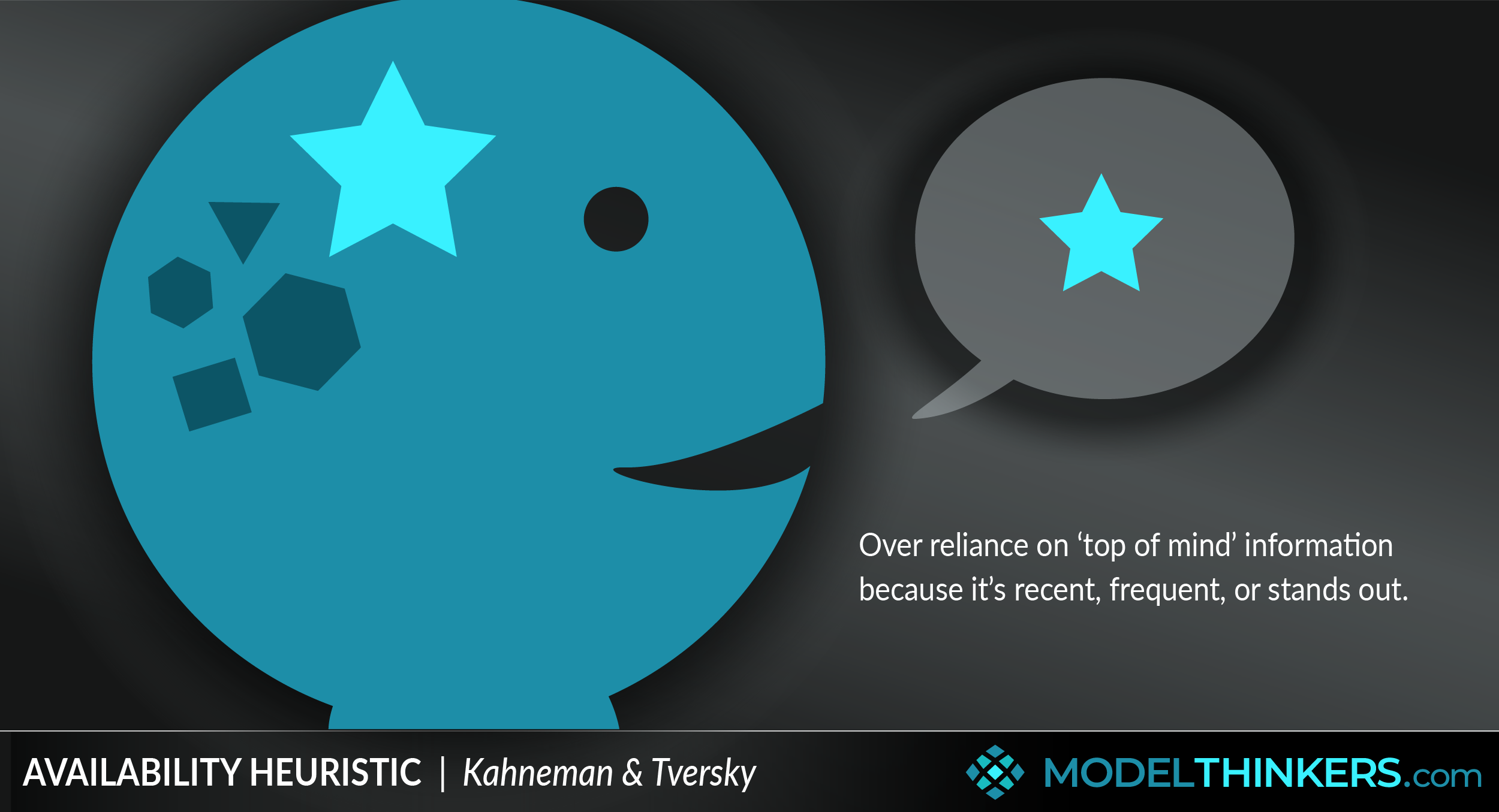
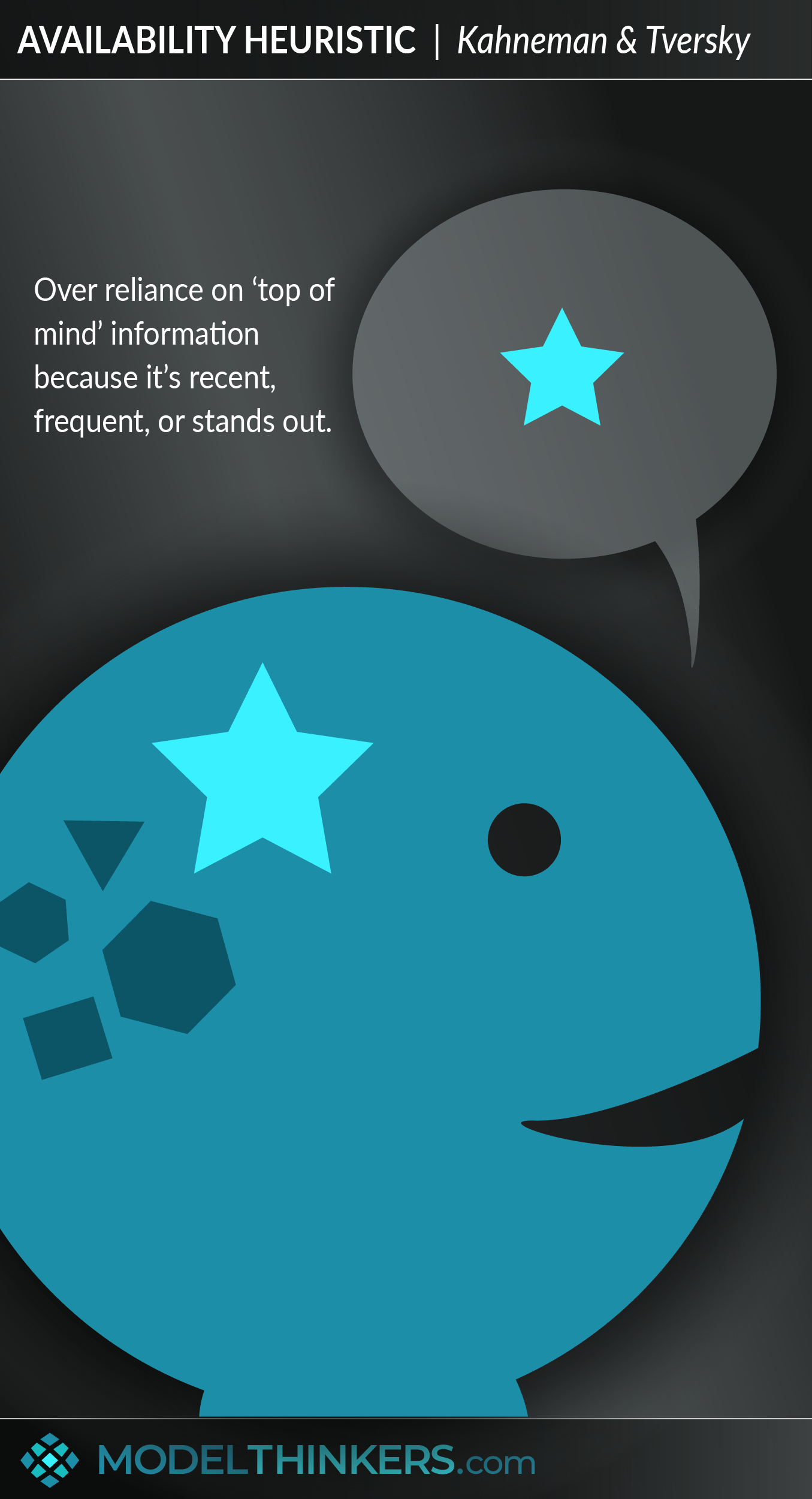
 0 saved
0 saved
 20.9K views
20.9K views








Which of the following options is least likely to kill you? Ladders, planes, lightning, or bathtubs? What did you choose?
The answer might surprise you, it's planes! Plane crashes are very rare, yet the high profile and graphic media coverage of the crashes that occur will likely lead you with a distorted view, which leads to this model.
The Availability Heuristic is a mental shortcut that leads you to overly rely on ‘top of mind’ and easily available information, generally because it’s recent, frequent, or stands out for some other reason.
APPLICATIONS.
Like any heuristic or mental shortcut, the Availability Heuristic can be useful, particularly as it helps to filter and prioritise inputs to find the most likely or pertinent information for a situation. Still, it can also be viewed as a bias that leads to impressionistic thinking rather than considered decisions based on factual information and/or data.
The Availability Heuristic has implications for multiple domains:
- In marketing, it explains the impact of saturation marketing focuses on name recognition over Features or Benefits, that make a brand familiar or 'top of mind'.
- In politics, it explains how repeated or shocking mass media messages can impact public opinion — think of the immediate political impact related to coverage of horrific crimes or shootings.
- In investing, it explains how people are more likely to embrace risky trades based on recent high-profile news, for example, the impact on BitCoin after Elon Musk effectively endorsed it.
- In gambling, it explains how you might start to overestimate your lottery chances after seeing news of a few winners.
Daniel Kahneman explained a more insidious use of this heuristic as it relates to what is known as the Mere-Exposure Effect: “A reliable way to make people believe in falsehoods is frequent repetition because familiarity is not easily distinguished from truth. Authoritarian institutions and marketers have always known this fact.”
INTERRUPTING THIS HEURISTIC.
As we note throughout ModelThinkers, knowing about a heuristic is not enough to interrupt it. You can certainly take some steps to mitigate against the Availability Heuristic, particularly by filtering your news and information sources to avoid alarmist or repetitious inputs. For example, if you keep reading about horror break-ins around your neighbourhood, this heuristic will lead you to overestimate their numbers. However, beyond monitoring your input we recommend trying to slow important decisions down. Use processes to draw from actual data, and diverse inputs, rather than falling back to this heuristic.
IN YOUR LATTICEWORK.
The Availability Heuristic is a common bias and can be considered in the context of cognitive psychology and behavioural economics. It has major implications for decision-making in all domains. As a heuristic, it is worth relating this model to Fast and Slow Thinking. It also connects with the Anchoring Heuristic, Framing, and the Confirmation Heuristic. You might also consider using this heuristic by using it to design effective nudges using the EAST Framework.
Finally, consider how to incorporate this heuristic into your communication and marketing techniques, by combining it with the Hero's Journey, and Aristotle's Rhetoric.




- Don’t trust your impression around the frequency of major events
Rare and dramatic events stand out and the easiness with which we recall them makes us think events such as police shootings and car accidents happen often. Identify such sensational events as easily available to our memory while potentially rare in actuality. Instead, consider the banal everyday facts that could affect your activity even more.
- Control your exposure to information
If you only watch medical adverts, you might be inclined to think that you’re sick. Whether you are critical of it or not, be aware that the media and images you consume impacts on your memory and impressions. Consider what you’re putting into your mind as a result.
- Slow down making key decisions
Avoid quick judgements for important decisions. Rather than relying on unreliable impressions through the Availability Heuristic, ensure that you pause, reflect and use systematic research and data analysis to inform your choice.
- Develop greater expertise and complexity in thinking
A study of experts versus novices indicated that ease of recall and associated availability heuristic was a greater issue for novices. That said, studies of doctors and other professionals have also demonstrated that expertise does not provide total protection against such bias.
- Apply structural challenges
Organise a process to challenge assumptions and thinking behind key decisions. This might involve data checks, investigation, or even the use of red-teaming or a devil’s advocate to challenge initial ideas and force the consideration of alternatives.
- Use the Availability Heuristic to your advantage
In communications, marketing, behaviour change or politics — consider how to use vivid narratives, surprising presentation of facts, and recent or frequent messaging to make key ideas easily recallable in others and influence their decision making.
The main critique of debate related to the Availability Heuristic tends to relate to how memories become easy to recall. This has overlap with memory theory and retention, though does not tend to invalidate the general point that you use information that is fast and easy to retrieve to unduly inform decisions.
More women or men - depends on fame over numbers
In one experiment subjects were read one of two lists of 39 celebrities. List 1 had slightly fewer but more famous women; list 2 was the reverse with slightly fewer but more famous men. When asked whether the lists had more men or women, subjects were more influenced by the gender of more famous people than the actual numbers.
For example, for list 1, subjects remembered the more famous female names and that availability heuristic incorrectly led them to believe that there were more women on the list than men.
Cause of death
Another study asked participants whether asthma or stroke was more likely to cause death. The main determinant in participants' choice was whether they knew of someone that died of one of the diseases.
The availability heuristic is a common bias and can be considered in the context of cognitive psychology and behavioural economics. It has major implications for decision making in all domains.
Use the following examples of connected and complementary models to weave availability heuristic into your broader latticework of mental models. Alternatively, discover your own connections by exploring the category list above.
Connected models:
- Fast and slow thinking: the foundation behind cognitive biases.
- The EAST Framework (Nudges): to use biases for change.
- Confirmation bias: reinforcing existing biases.
- Von Restorff effect: where things that stand out from a series of similar elements are more likely to be remembered.
- Mere-exposure effect: where you tend to prefer the familiar.
Complementary models:
- Black swan event: unlikely events suddenly seem likely and even part of a pattern if one has occurred in living memory.
- Diversification: mixing media inputs and even team members can help to interrupt the availability bias.
- Overton window: the rise and media coverage of social movements or events can shift the window based on availability bias.
- Cialdini’s six principles of persuasion: the availability heuristic potentially impacts several of the principles, particularly consensus, scarcity and commitment.
The availability heuristic was first studied by psychologists Amos Tversky and Daniel Kahneman, who determined that people use readily available facts when judging a situation instead of behaving as rational actors (which had been the predominant view before their work) – they labelled the newly-discovered phenomenon as “availability heuristic” in 1973.
Discover various judgmental heuristics and the biases they produce by reading Judgment Under Uncertainty: Heuristics and Biases, edited by Daniel Kahneman, Paul Slovic, and Amos Tversky. Also, view this in-depth article by marketing specialist Kent Hendricks on Availability Heuristic .
 My Notes
My Notes
Oops, That’s Members’ Only!
Fortunately, it only costs US$5/month to Join ModelThinkers and access everything so that you can rapidly discover, learn, and apply the world’s most powerful ideas.
ModelThinkers membership at a glance:






“Yeah, we hate pop ups too. But we wanted to let you know that, with ModelThinkers, we’re making it easier for you to adapt, innovate and create value. We hope you’ll join us and the growing community of ModelThinkers today.”























